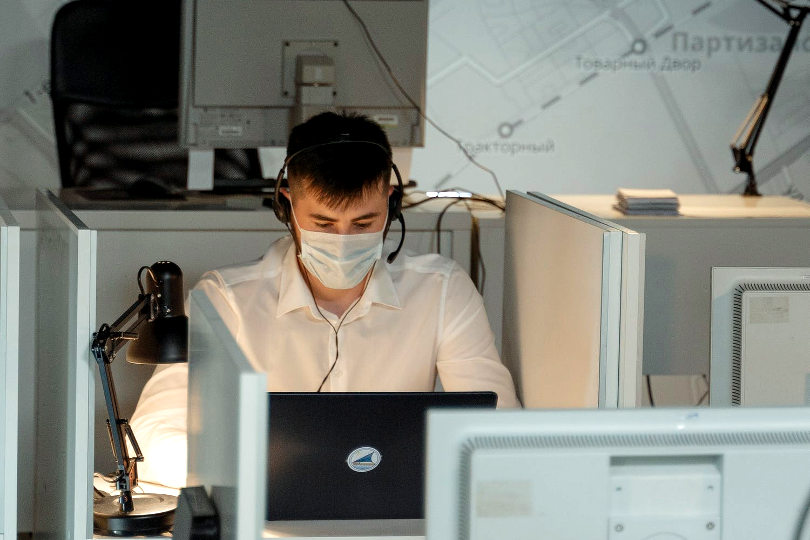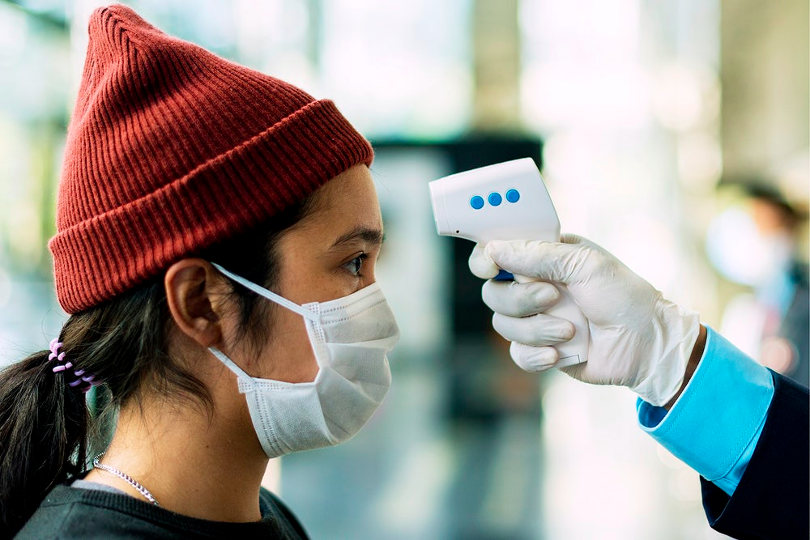Employee health screenings have taken on a new meaning in the COVID era. It’s not uncommon for employees to now have employee health screening stations. Some businesses are also doing screenings on customers.
Health screenings can be burdensome in some ways but also beneficial.

There are the more obvious benefits, such as the fact that you can keep your employees and customers safer and healthier.
There are less obvious benefits, as well. For example, you’re creating a perception of security and reassurance in a difficult environment.
You’re letting everyone know safety is a priority.
If you’re planning employee health screenings in your business, the following are some of the key things to know.
Check Local and State Regulations
Before you do anything regarding COVID guidelines or employee health screenings, check with your local and state regulations, guidelines, and best practices.
There may be some things you can do, and some you can’t, depending on where your business is located.
Your local health department should also have pretty extensive guidance as far as how you should screen employees and the supplies you need.
The U.S. Chamber of Commerce also created a quick employee health survey that they say can be completed in under five minutes every day.
Six questions are broken into three sections to keep it organized and easy to use.
One section is just to ask when employees come back to work. The next includes weekly questions, and the third are daily questions.
Along with asking the questions, you’ll need to have employees consistently acknowledge they’ll follow your COVID policies.

Employee Temperature Checks
Before the coronavirus situation, there were concerns over employee health screenings including temperature checks, because of privacy issues.
The EEOC said generally measuring an employee’s temperature is a medical exam, and the Americans with Disabilities Act prohibits medical exams unless job-related and are a necessity for the business.
However, since the community spread of COVID-19 has been acknowledged by the CDC and state and local health authorities, employers may check employees’ temperatures.
With that being said, employers are warned that people with COVID-19 don’t always have a fever. Temperature checks alone likely aren’t an adequate form of employee health screening.
The EEOC has guidance for employers in their document “Pandemic Preparedness in the Workplace and the Americans with Disabilities Act.”
Are There Privacy Issues?
What if you’re an employer and you have an employee who calls in sick?
How much information can you request from that employee as a means of protecting others in the workplace?
According to the ADA, applicable employers can ask employees if they’re experiencing symptoms of coronavirus. That might include shortness of breath, sore throat, chills, fever, or cough.
If you do have information about an employees’ illness, it must be maintained as a confidential medical record.

How Should You Set Up Symptom Screening?
Screening won’t show people whose symptoms aren’t appearing yet or who are asymptomatic, but it is one tool you can use in the workplace.
When you’re doing in-person health checks, as an employer, you want to be respectful and safe. You should provide the person doing screenings with PPE, and perhaps barriers if possible. Social distancing should always be used.
Try to facilitate a streamlined process that prevents employees or anyone else from gathering in one place as they wait for a screening. Crowding is not what you want.
You should make health screenings as private as is possible and keep a record of screening results.
Along with asking about specific symptoms, some of the other questions that should be part of your employee health screening include:
- Have you had contact with anyone who has COVID-19 or similar symptoms within the past 14 days? Contact means being six feet or closer for more than 15 minutes or having direct contact with someone’s fluids such as being sneezed or coughed on.
- Have you had a positive test for an active COVID infection in the previous ten days?
- Have you been told by a medical professional or public health official to self-quarantine or self-isolate within the last 14 days because of concerns over COVID-19 infection?
If the answer is yes to any of these questions, as an employer, you should have well-documented policies and protocols for dealing with them. Some organizations use a flow chart, and when everything is documented, it will reduce the risk that employees think you’re singling them out for anything. It will generally manage expectations to have guidelines written down.







